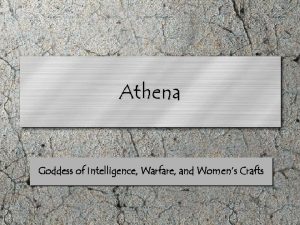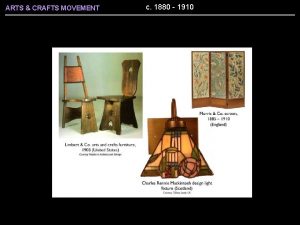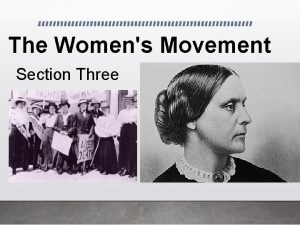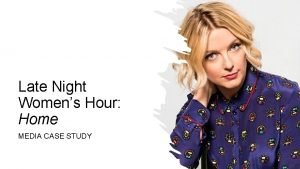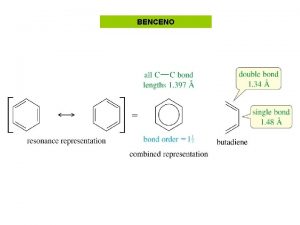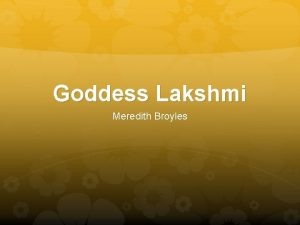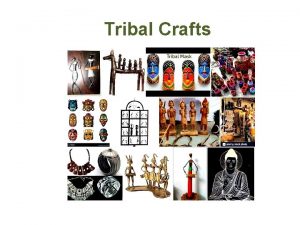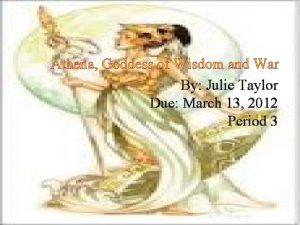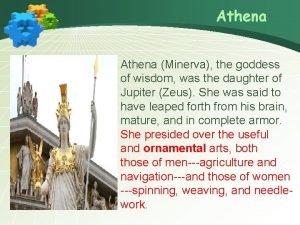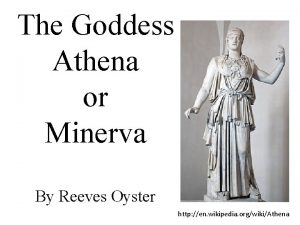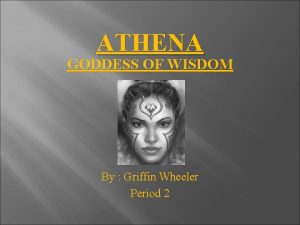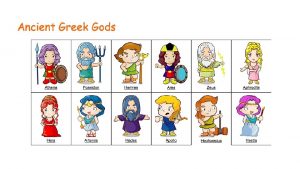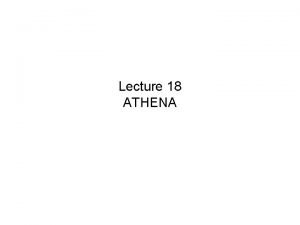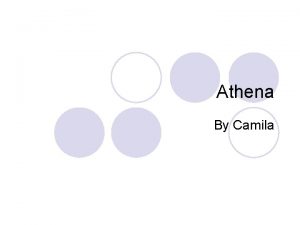Athena Goddess of Intelligence Warfare and Womens Crafts




























- Slides: 28

Athena Goddess of Intelligence, Warfare, and Women’s Crafts

I begin to sing about Pallas Athena, city-guardian, who with Ares is concerned about the deeds of war – the din of fighting and battles and the sacking of cities; she also protects the people as they leave and return. Homeric Hymn to Athena

Athena’s mother is Metis, a Titan, whose name means “Cleverness” or “Wisdom. ”Metis is a special kind of intelligence, sometimes defined as “cunning intelligence. ” It was prophesied that Metis would give birth to a son mightier than his father. But Zeus had already gotten her pregnant by then. So, he swallowed her. In contrast to Cronus or Uranus, Zeus’s attempt to hold back progress worked out. He incorporated Cunning Intelligence into his own personality, and Athena was born from his head.

Athena’s birth from Zeus’s head represents her association with wisdom and intellect. Her armor shows her association with warfare as essential to her character. Athena’s birth from the threatening Metis symbolized the end of challenges to Zeus’s rule. The favorite daughter is the perfect support for a powerful father.


Zeus with his thunderbolt is the epitome of strength and authority The iconography of Athena and her spear (now missing) shows echoes of Zeus’s position and power. bronze dedication from Dodona bronze dedication from Athens

As holder of the aegis, Athena shared Zeus’s power and was a fearsome enforcer of divine right. (Here she uses it to threaten a giant in an gigantomachy. ) “I am wholly for the male. . . and entirely on the father’s side. ” Athena, in Aeschylus’ Oresteia

Athena, Zeus’s favorite “Athena’s special powers of military prowess and wisdom derived from her special relationship to Zeus, and symbolize the magnitude and beneficence of female potency when submitted to benign male control. ” (Marilyn A. Katz)

Warrior goddess This temple pediment from the island of Aegina shows Athena overseeing a battle.

Patron deity of Athens As Athena Parthenos (the virgin Athena), the goddess was worshipped at the city’s greatest temple, the Parthenon, and at the Panathenaic festival every four years. As Athena Polias (the City goddess) she represented the cool-headed counsel and warfare that defended the city.

“The Mourning Athena” Athena stands before a stele commemorating the war dead of Athens. She represents the thoughtful side of warfare: reasoned decisions made in the interest of justice, willingness to risk one’s life or die for one’s country. Ares combines warfare and brutality, Athena combines warfare and consciousness of its necessities and consequences.

The Acropolis of Athens • Parthenon (with decorative friezes) • Altar for sacrifice • Erechtheum (with the primal olive tree) • Statue of Athena Promachos • Temple of Athena Nike

The Cult Statue at Athens For the acropolis at Athens, the sculptor Pheidias built a chryselephantine statue which almost rivaled the one of Zeus at Olympia. It was famous throughout the ancient world and was often copied by sculptors for private buyers (as here). Attributes: • armor • Nike • aegis • chthonic serpent • representations of battles; real and symbolic victories

Parthenon Frieze The Parthenon Frieze shows the robe woven by Athenian women dedicated to the goddess at the Panathenaia

Parthenon Frieze Women carry stools in the procession

Parthenon Frieze Marshals direct young girls in the ceremonial procession (emphasizing male supervision of female symbolic roles)

Parthenon Frieze Girls carry vessels to aid in the ritual libations

Panathenaic Games The Panathenaia was also celebrated, every four years, with athletic games. The winners received vases full of olive oil as one of their prizes. This vase shows a wrestling scene, and Victory (Nike) crowning one of the athletes.

Athena’s Owl Athena was assocaited with owls. As in our culture, owls were regarded as wise, as well as otherworldly and a little frightening. Athena’s owl connection may hearken back to the days of a more “unified” goddess with power over life and death, or to Minoan goddesses.

Coins Athenian drachmae As a city patron, Athena was commemorated on many coins. Coin of Julius Caesar, showing the palladium Coin of Athens’ enemy, Syracuse

Women’s Crafts Strangely for such a malecentered deity, Athena was goddess of women’s crafts. Or was it strange? Women’s intelligence was symbolized by the craft and intricacy of weaving: • Penelope deceiving the suitors • Philomela “tells” Procne her plight Women spoke through their crafts. . .

Feminine representations This Roman Minerva from the 1 st c. CE shows a softer side of the goddess, appropriate for women’s crafts. Even the aegis looks like a pretty mellow garment!

Arachne Ovid tells the story of Athena and Arachne. It is the old folklore motif of humans challenging the gods. The Greek word is hubris. Athena punishes Arachne by turning her into a spider. The myth has moral and etiological lessons, and a focus on the problem of feminine pride.

Companion of Heroes Athenian vase, 5 c BCE Etruscan mirror, 4 c BCE She is friend and helper to Heracles

She offers a sacrificing hero wine for his libation She helps Perseus kill Medusa

She helps Jason build the Argo

I sing of Pallas Athena. . . Hail, goddess, and grant to us happiness and good fortune! Homeric Hymn to Athena finis

 Warfare goddess
Warfare goddess Zeus lord of the ladies
Zeus lord of the ladies Athena artificial intelligence
Athena artificial intelligence Differences between men's and women's soccer
Differences between men's and women's soccer Filipino crafts
Filipino crafts Arts and crafts movement 1880 to 1910
Arts and crafts movement 1880 to 1910 What did the pawnee wear
What did the pawnee wear Needs of adolescence
Needs of adolescence Womens rights
Womens rights Late night womens hour
Late night womens hour Claire paine
Claire paine Womens right
Womens right Womens college kumbakonam
Womens college kumbakonam Womens college kumbakonam
Womens college kumbakonam Womens right
Womens right Womens shelter edmonton
Womens shelter edmonton Women's rights
Women's rights Picture of female uterus
Picture of female uterus Womens history month door
Womens history month door Womens community shelters
Womens community shelters Ballybeen womens centre
Ballybeen womens centre Harijah sivakumar
Harijah sivakumar Mens lacrosse helmet
Mens lacrosse helmet Bristol womens voice
Bristol womens voice Biological warfare pros and cons
Biological warfare pros and cons Our warfare is not against flesh and blood
Our warfare is not against flesh and blood Alchilazione di friedel crafts
Alchilazione di friedel crafts Pentecost coloring page
Pentecost coloring page Aromaticidad
Aromaticidad
